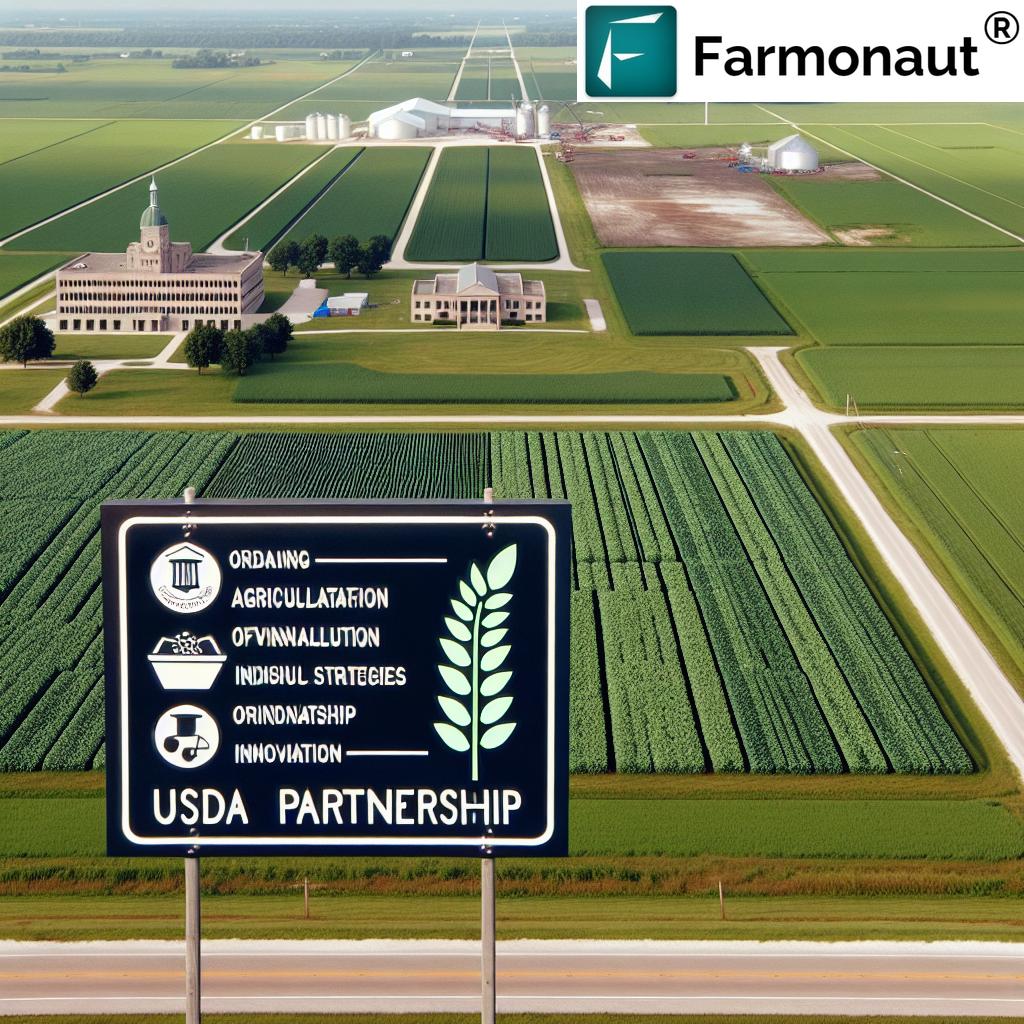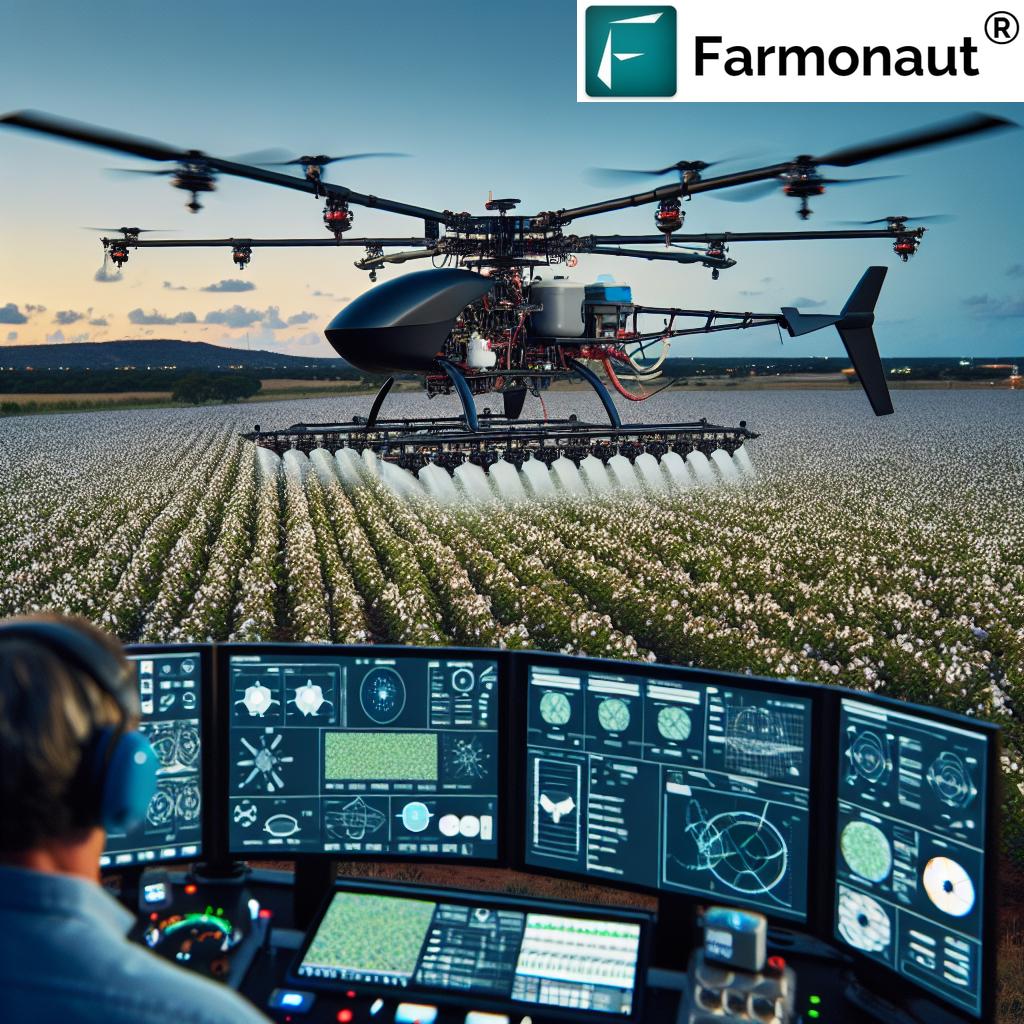Agriculture Loans Central Illinois & Texas: 2025 Trends
“In 2025, Central Illinois ag loan demand is projected to rise by 8% as farmers expand operations and upgrade equipment.”
Introduction: Agriculture Loans in Central Illinois & Texas
Agriculture remains a cornerstone of the economy in regions like Central Illinois and Texas. In 2025 and beyond, as farming operations continue to evolve, the demand for reliable, flexible agricultural financing keeps rising. Experts predict that agriculture loans in Central Illinois and Texas will be more critical than ever to sustain and grow modern farming enterprises, especially in the face of new environmental challenges and rapidly changing market demands.
Throughout this blog, we’ll dive deep into the trends for agriculture lenders in Central Illinois, explore the role of ag land loans lenders, dissect the importance of operating loans in Southeast Illinois, and review how agricultural loans Central Texas are driving smarter, more resilient agribusinesses. We’ll also present valuable solutions and digital tools—including insights on Farmonaut’s satellite technology—helping farmers, lenders, and stakeholders make informed decisions for a brighter agricultural future.
Agriculture Lending Landscape in Central Illinois
Central Illinois enjoys a reputation as one of the most fertile and productive agricultural hubs in the U.S., powered by rich soil and extensive corn and soybean production. In 2025, this region continues evolving, with agriculture lenders in Central Illinois adapting loan products and strategies to serve a range of local needs.
Key Points:
- Loan options typically include land acquisition loans, operating loans, equipment financing, and refinancing.
- Lenders design financial solutions for established farms and new entrants alike.
- Ag land loans lenders enable farmers to purchase, expand, or refinance farmland, even as land values and demand steadily increase.
- Operating loans provide critical working capital, especially in busy planting and harvesting cycles.
Demand for agriculture loans in Central Illinois is being fueled by several factors:
- Rising input costs (seed, fertilizer, energy, labor)
- A need to upgrade equipment for efficiency and sustainability
- Farm expansion (securing additional acreage)
- Adoption of new technologies and climate-smart practices
- Changing environmental and market demands
Lenders in this region remain focused on ensuring that loan products keep pace with the unique needs of local farmers, providing tailored solutions that support both growth and resilience.
Ag Land Loans Lenders in Central Illinois: Trends & Options for 2025
The expansion and consolidation of farm acreage in Central Illinois depends heavily on ag land loans lenders. In 2025, these lenders are:
- Helping farmers purchase or refinance farmland, even as competition for land increases
- Offering competitive rates and longer amortization periods (typically 15–30 years)
- Relying on risk assessment factors like creditworthiness, farm income, land appraised value, and production projections
- Assessing borrowers’ commitment to environmental stewardship and sustainable practices
- Evaluating value amidst rising land prices and shifting landholding structures
Common types of ag land loans:
- Traditional Land Loans – Focused on acquisition and expansion
- Refinance Loans – For consolidating or restructuring debt
- Government-backed Loans – For enhanced security and lower rates (e.g., USDA FSA programs)
The lending landscape for ag land loans lenders in Central Illinois is now characterized by:
- Greater digital access to loan applications
- More nuanced appraisal models (including environmental impact and digital farm monitoring, like those that can be powered by satellite data)
- A shift towards customized financial solutions for unique local conditions
The success of securing such loans hinges on meeting stringent due diligence and leveraging all available tools, including digital platforms for application tracking and compliance checks.
Looking to improve farm management efficiency and compliance when applying for loans?
Explore Farmonaut’s Large Scale Farm Management Platform—enabling satellite-based monitoring of your entire operation, ideal for due diligence and loan reporting.
Ag Operating Loans Southeast Illinois: Managing Everyday Farming Needs
For many farmers in Southeast Illinois, ag operating loans are the lifeblood of daily farming operations. In 2025, these loans will be:
- More flexible and responsive to seasonal cycles
- Designed to cover key expenses—such as seed, fertilizer, labor, repairs, fuel, and even insurance premiums
- Increasingly available through digital application processes for faster access
- Offered by both local banks and large ag lenders, along with cooperatives and credit unions dedicated to the agriculture sector
Why operating loans matter:
- Enable farmers to smooth cash flow between planting and harvest/sale periods
- Support risk management (e.g., mitigating weather and market volatility)
- Increase resilience by funding input upgrades and adoption of new technologies
- Facilitate compliance with evolving environmental and food safety regulations
Repayment terms for ag operating loans Southeast Illinois are now more frequently structured to match actual cash inflows, allowing farmers to repay when the crop is sold. This alignment is critical for managing financial risk and ensuring sustainable operations.
To optimize costs, monitor field health, or meet compliance for operational loans, leverage Farmonaut Fleet Management Tools—helping you reduce fuel costs and optimize equipment utilization with satellite, AI, and real-time analytics.
Agricultural Loans Central Texas: The 2025 Outlook
Texas is known for diverse crop production and significant cattle ranching. Agricultural loans Central Texas in 2025 are evolving in these ways:
- Greater focus on sustainability—loans to encourage water conservation, soil health practices, and regenerative agriculture
- Growth in demand for both ag land loans and operating loans, as farms expand and modernize
- Collaboration with state agencies and USDA programs to offer competitive or subsidized rates
- Use of remote sensing and digital tools for land valuation and compliance tracking
- Dynamic adaptation to climate-related challenges—drought, shifting weather patterns, invasive pests
Agricultural lenders in Central Texas are thus critical partners in financing agribusinesses that wish to:
- Implement modern irrigation and water-saving technologies
- Expand infrastructure (barns, grain storage, fencing, cattle handling)
- Adopt precision agriculture tools and remote crop management solutions
- Invest in climate adaptation strategies
- Address succession planning with intergenerational financing products
“Texas operating loans are expected to surpass $2.1 billion in 2025, reflecting increased investment in modern farming practices.”
For Texas farmers keen on demonstrating sustainable practices and securing better loan rates, learn about Farmonaut Carbon Footprinting Tools. These tools help track and report carbon emissions, supporting eco-friendly loan applications and compliance with environmental standards.
Choosing the Right Agricultural Loan in 2025: Key Factors And Strategies
The 2025 financial landscape requires farmers and agribusinesses to carefully select loan products and partners. Here’s what to keep in mind:
1. Loan Purpose
- Land acquisition, expansion, and refinancing: Seek ag land loans lenders with experience in local land values and appraisals
- Operating expenses: Prioritize flexible operating loans with seasonal repayment options
- Equipment upgrades: Explore equipment-specific loans or blended loan packages
2. Interest Rates & Terms
- Compare average rates in your region—land loans often have lower, but longer-term, rates; operating loans may have shorter periods but higher rates
- Look for sustainability incentives (e.g., lower rates if you invest in conservation or climate-friendly practices)
3. Lender Type
- Local agricultural banks or credit unions: May offer personalized solutions
- Federal and state programs (such as USDA): Often cater to new farmers and those facing barriers to traditional financing
4. Ease of Application & Management
- Opt for lenders offering digital application platforms, fast turnaround times, and transparent communication
- Use apps and APIs to track your loan status, compliance, and field performance, ensuring smoother renewals or refinancing
Want to integrate real-time field insights into your loan application or insurance? Check out Farmonaut’s Crop Loan and Insurance Solutions for up-to-date, satellite-based crop monitoring, helping you provide trusted data to lenders and insurers.
Comparative Trends Table: Central Illinois vs. Texas Agricultural Loans 2025
| Region | Loan Type | Avg. Interest Rate (Est. %) | Typical Loan Term (Years) | Leading Lenders (By Category) | Notable 2025 Trend |
|---|---|---|---|---|---|
| Central Illinois | Ag Land Loan | 6.25–7.5% | 15–30 | Ag banks, farm credit, credit unions | Digital application surge; ESG-based incentives |
| Central Illinois | Operating Loan | 7–10.5% | 1–3 | Community banks; local lenders | Seasonal repayment, crop monitoring integration |
| Texas | Ag Land Loan | 6.5–8% | 15–30 | Farm credit associations, ag banks, USDA | Sustainability and water efficiency incentives |
| Texas | Operating Loan | 7.25–11% | 1–2 | Regional ag lenders, banks | Faster digital processes, livestock focus |
For government-backed loan or subsidy applicants, robust digital records are a must. Visit the
Farmonaut API Portal and
API Developer Docs to integrate satellite monitoring and weather insights into your compliance documentation.
How Farmonaut Empowers Modern Farmers & Lenders
Satellite and digital technology are revolutionizing agricultural lending. At Farmonaut, our mission is to:
- Make satellite-based monitoring accessible and affordable to all farmers, regardless of operation size or location
- Enhance transparency and trust in the loan and insurance process by providing field-level data based on real imagery and AI
- Empower agriculture lenders and farmers to demonstrate environmental stewardship and sustainability practices, which are rapidly becoming prerequisites for best-in-class loan terms
- Streamline loan and insurance application processes through digital documentation and real-time compliance
By leveraging tools such as AI-based advisory systems, blockchain traceability, and environmental monitoring on our apps, API, and web platform, our services help users:
- Document field performance, input application, and soil health for lenders
- Identify optimal times for field operations, improving yield and income projection reliability
- Lower operational costs via remote fleet and resource management solutions
- Support compliance with both local and federal financial institution requirements
We even power blockchain-based product traceability in agriculture, helping demonstrate authentic, transparent farm-to-market supply chains—an added trust marker for future-focused lenders.
Explore our mobile apps and web platform:
Each interface provides full access to crop monitoring, field mapping, fleet analytics, and compliance documentation tools.
Tools, Resources & App Links for Smarter Farm Loan Management
Beyond traditional lending, success in 2025 and beyond means leveraging the right digital ecosystem to support your financial decisions, compliance, and operational productivity. Here are some must-haves for farmers and agriculture lenders in Central Illinois, Southeast Illinois, Texas, and beyond:
-
Farmonaut App (Web & Mobile):
Satellite crop health, field mapping, yield analytics, and easy compliance recordkeeping. -
Farmonaut Crop Plantation & Forest Advisory:
Advanced, real-time AI advisory for planting, irrigation, and sustainable farm management. -
Crop Loan & Insurance Dashboards:
Instantly generate field reports for quick, secure loan and insurance processing, fact-backed by imagery. -
Farmonaut Carbon Footprinting Solutions:
Meet ESG standards and access lender incentives by tracking your operation’s real carbon output and resource use. -
Product Traceability:
Authenticate your supply chain, from field to market, and boost trust during the loan process and when contracting with new vendors or buyers. -
Fleet & Equipment Management Tools:
Save on operating expenses with optimized fleet schedules, equipment usage metrics, and preventive maintenance reminders.
For tech-savvy farmers or lenders, our
APIs
and
Developer Documentation
unlock integration of real-time farm and environment data directly into your lending workflow or risk assessment models.
FAQ: Agriculture Loans, Lenders & More
What are the main types of agriculture loans available in Central Illinois and Texas?
The main types include ag land loans for purchasing or refinancing farmland, operating loans for covering day-to-day farming expenses, equipment financing, and various refinancing options.
What factors do lenders consider most important in 2025?
Lenders typically evaluate the borrower’s creditworthiness, farm income, business plan, environmental stewardship, land appraised value, and the farm’s production track record.
How can technology improve the ag loan process?
Tech-powered solutions (like Farmonaut’s platform) provide digital application tracking, satellite-based farm monitoring, and record-keeping tools to simplify compliance and demonstrate transparency—often leading to better loan terms.
Are government-backed agriculture loan programs still relevant in 2025?
Absolutely. USDA and state programs remain a vital source of favorable rates, especially for beginning farmers, minority operators, and those facing hardships.
How do ag land loans differ from operating loans?
Ag land loans generally have longer terms and lower interest, designed for land purchase/refinance. Operating loans are typically shorter-term, used for annual expenses and cash flow management, with repayment closely aligned to production and sales cycles.
Can environmental practices impact my eligibility or terms?
Yes. Many lenders in Central Illinois and Texas now offer rate incentives or green loan options for farmers who document sustainable, carbon-conscious, or regenerative farming practices.
How can I track and prove my farm’s compliance for lenders?
Use satellite monitoring and digital compliance apps like those from Farmonaut to maintain up-to-date records of field activities, resource use, and environmental impact.
Conclusion: Navigating Your Ag Loan Journey for Success in 2025 & Beyond
The future of agriculture lending in Central Illinois, Southeast Illinois, and Central Texas is both dynamic and promising. By understanding trends for agriculture lenders, ag land loans lenders, and operating loans—and harnessing advanced digital tools for compliance, transparency, and efficiency—farmers in these vital regions can position their operations for both success and resilience.
The integration of real-time data, digital documentation, and sustainable farming practices isn’t just a good-to-have in 2025—it’s rapidly becoming essential. Whether you’re seeking to expand acreage, upgrade equipment, manage risk, or comply with new environmental demands, having the right technology partners and financial strategies will put you a step ahead in an evolving agricultural landscape.
If you’re ready to navigate the future of agriculture financing with confidence, make the most of satellite intelligence and smart financial planning to meet your goals in 2025 and beyond.













